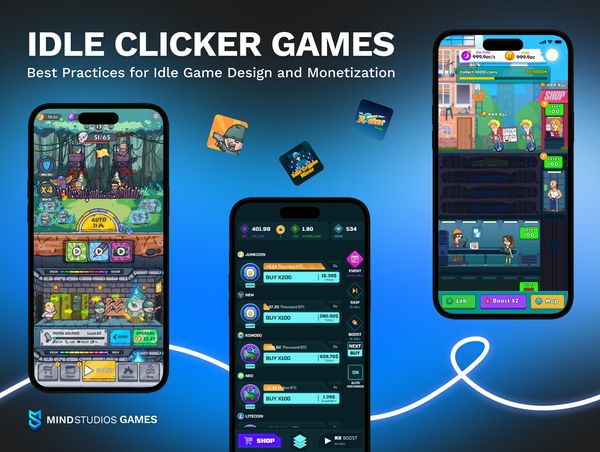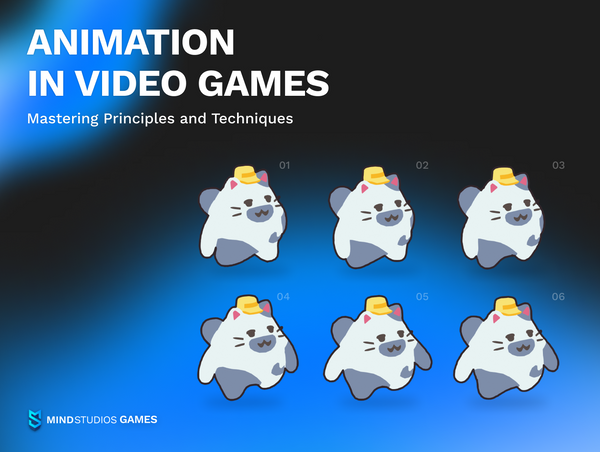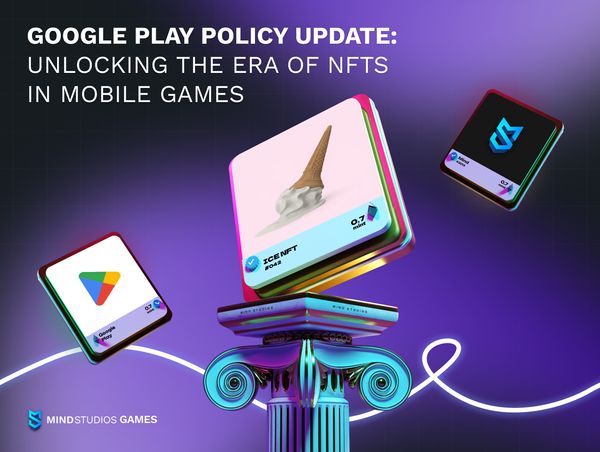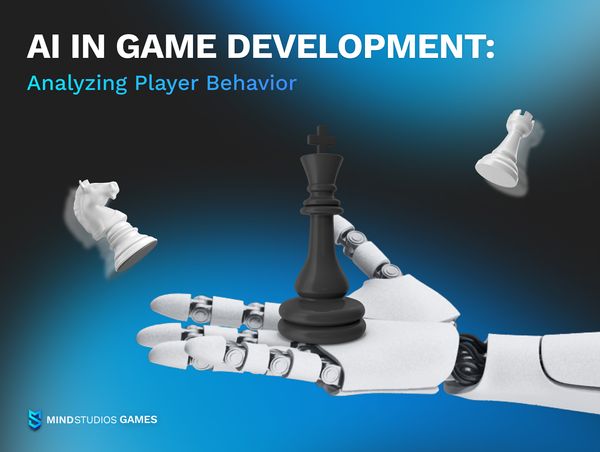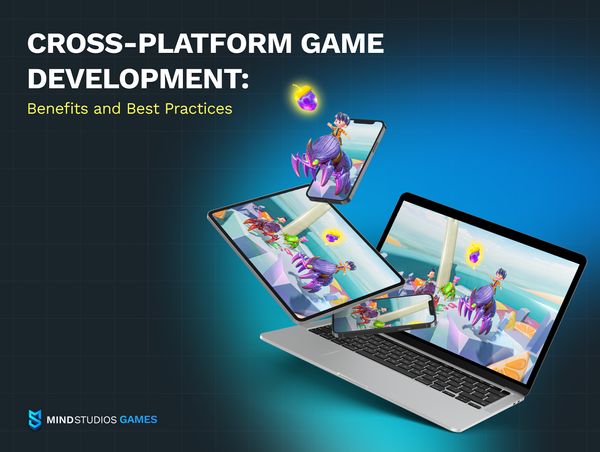
What is cross-platform game development and what are its pros and cons? Should you choose this approach and not native (operating system-specific) when building a game of your own? Why or why not? These are some of the questions that we’re going to answer in this article. Read on for some insights from a team of seasoned game developers.
Building a game is no simple matter, be it tabletop physical games or digital adventures. With digital games, you also need to choose the platform — Windows PC, macOS, Linux, console, mobile, etc. And building games for mobile devices adds an extra layer of complexity in a somewhat special way: besides creating the game itself, you also need to conquer the hill that is the iOS vs Android competition. The platforms use different programming languages, meaning you need to write two different codebases for a single game. Well, that or you go for cross-platform.
Cross-platform mobile game development means, as the name suggests, creating a mobile game that works on devices with any operating system. There are tools for that, though they aren’t without their challenges. Such tools — gaming engines and cross-platform frameworks — allow us to write a single game code and adapt it for different OS-based requirements. For example, Unity game engine we at Mind Studios employ allows adapting the code base to create games for iOS, Android, Windows, macOS, Linux, consoles, and web browsers. With a bit of tweaking, of course. True cross-platform, isn't it?
Many game developers — both working for companies and as indie — choose cross-platform instead of native. We’ll go over the reasons for that in detail below, but spoiler alert: it’s often cheaper and faster.
This article will also be focusing on mobile game development specifically, as it is the fastest-growing segment of game development right now. However, this content is mostly relevant to any cross-platform games development out there.
But let’s start at the beginning and look at the current gaming market situation first.
Mobile game development market size
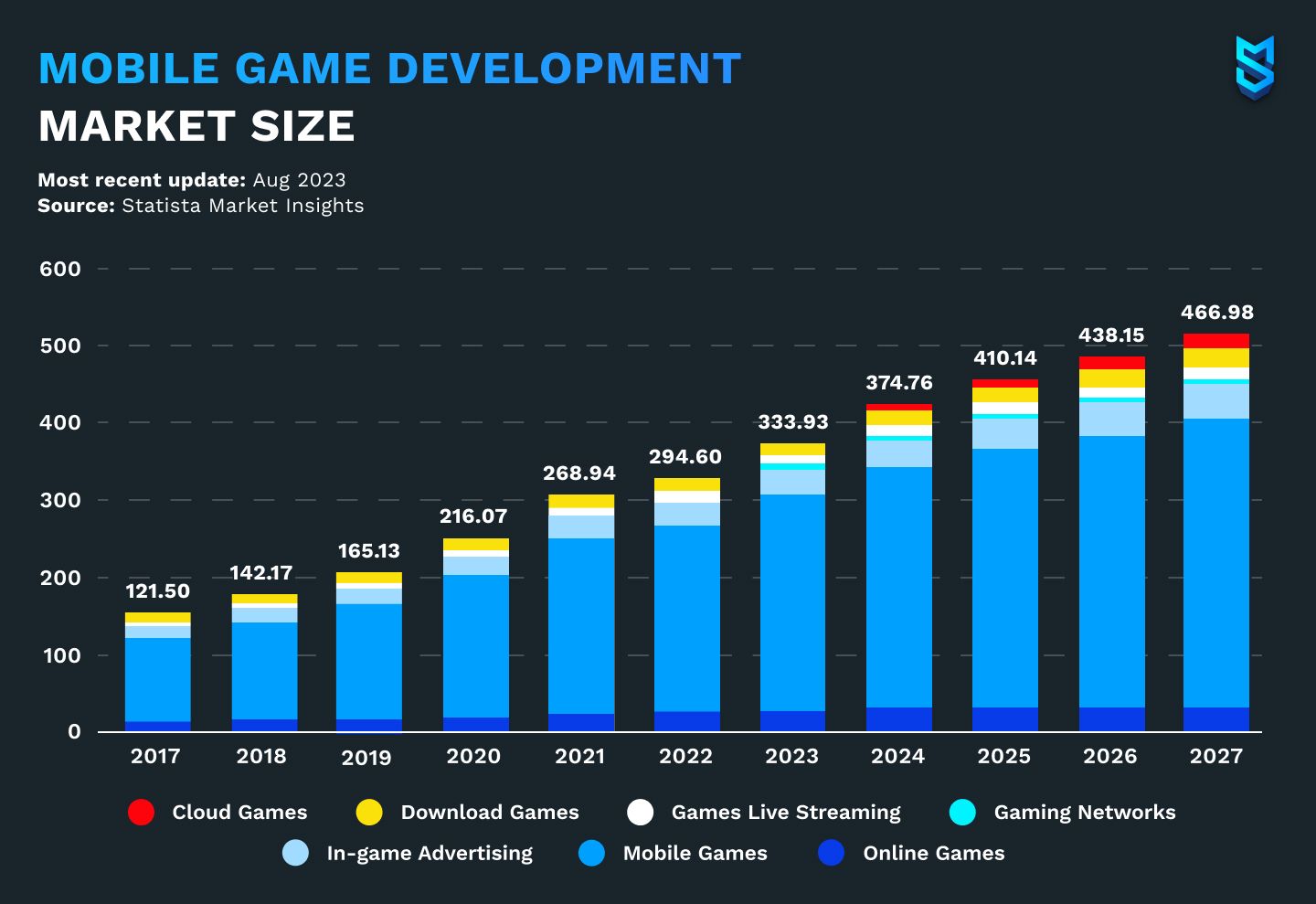
There’s a reason so many famous video games have a mobile version these days. Unsurprisingly, that reason is money 🙂
The forecasted 2023 revenue for the whole of the video gaming industry — including mobile, PC, and consoles — is US$334.00 billion. Out of that, US$173.60 billion will go to the mobile games market. That’s 52% snatched thanks to the spreading of 4G and ever-increasing penetration of mobile devices.
Moreover, the mobile gaming market is showing a CAGR of 7.08% and the revenue is predicted to reach US$376.70 billion by 2027.
This shows that mobile is a lucrative market for game developers. That’s why so many games are created mobile-first or mobile-only, and games built for PC or console platforms are ported to mobile simultaneously or soon after release.
This trend, coupled with high competition and the need to launch faster and on as many platforms as possible, brought out the rise of cross-platform game development.
Did you know that Among Us, the hit game from 2018, was built with a cross-platform game engine Unity? The very same engine we at Mind Studios Games build our games on. The same goes for Hearthstone: Heroes of Warcraft, Call of Duty: Mobile, and — drumroll — even Pokémon GO!
In mobile game development, cross-platform is no longer the outcast but the mainstream. And it’s for reasons. Which brings us to the next part of this article.
Benefits of cross-platform game development
There’s a lot to be gained in the mobile gaming market with a cross-platform game. In this section, we’ll go over the most important benefits of mobile cross-platform game development, from those concerning time and money to the tech specifics.
Market reach
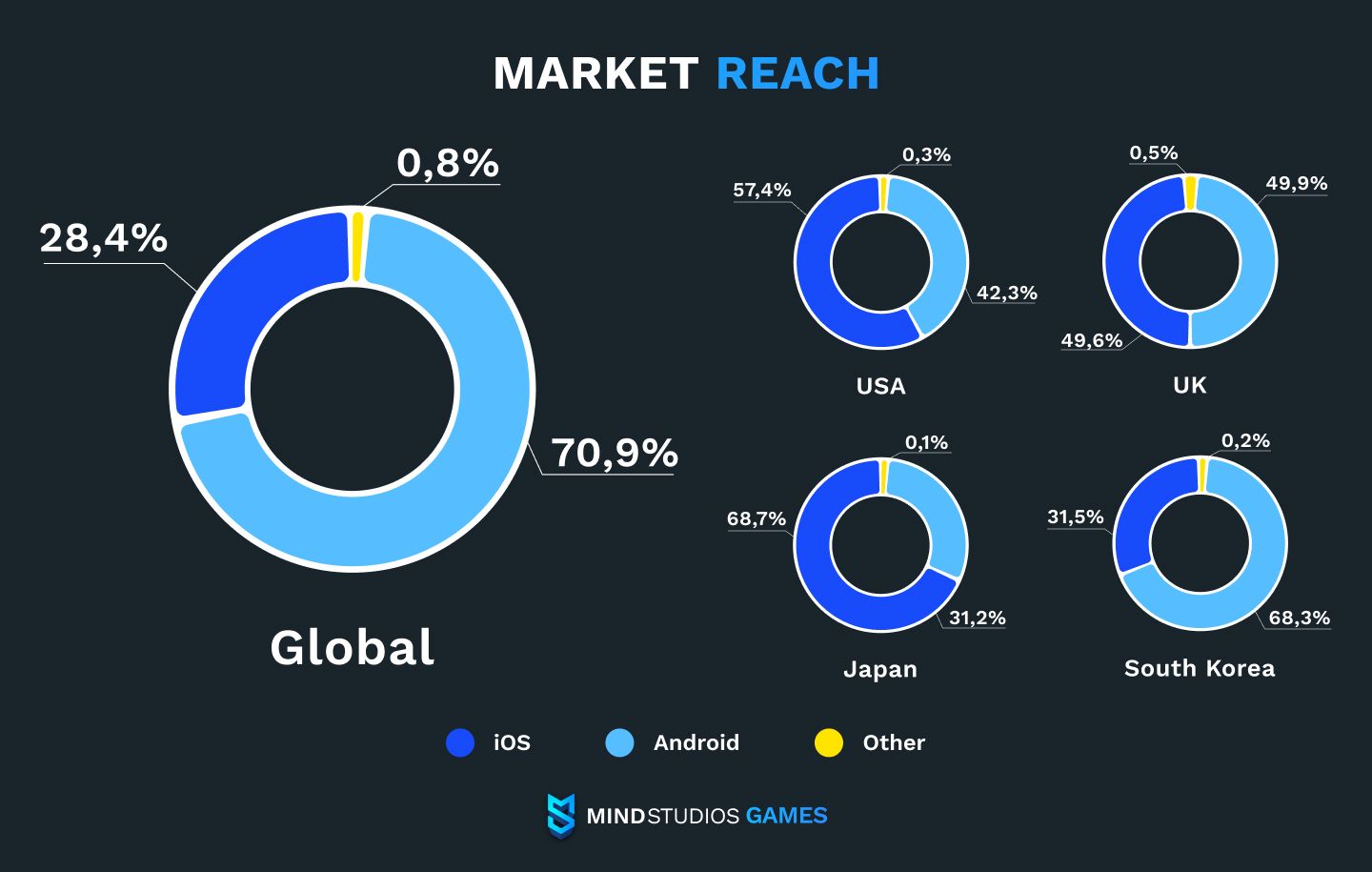
In 2023, Android is the leading mobile operating system globally, with 70.89% of market share. This makes it essential for any globally launched mobile game to have an Android version. It might seem that iOS can be disregarded, but that couldn’t be further from the truth.
If you squint just a little, you’ll see that the picture changes quite significantly from country to country.
For example, in the US, Android’s share comes up to only 42.27%, whereas iOS devices take up 57.39% of the market. Even more significant advantage iOS has in Japan: 68.69% against Android’s 31.19%. But go slightly north, and the situation reverses — in South Korea, Android reigns with 68.3% of the market, iOS having 31.49%. In the UK, the operating systems are tied — Android taking up 49.87% and iOS 49.6%.
As you can see, even a single region can have huge differences from country to country in preferred OS, and even the countries where one OS is prevalent have a not insignificant share of the other.
This means that when you decide to launch a game anywhere in the world, the sensible decision will be to launch both Android and iOS versions, lest you lose a good number of potential users.
You can build separate apps for both versions, or you can build one and launch it on both platforms. But here, we have another point to consider!
Time- and cost-effectiveness
As already mentioned, disregarding either iOS or Android completely is rarely a wise decision if you want your mobile game to become popular and/or successful financially. However, since native iOS and Android apps use different programming languages, you’ll need to build two separate versions of your game, connected via a backend.
The cost of a simple mobile app for either Android or iOS starts at about US$45,000 and goes up with complexity and intricacies of design. And while it’s possible to cut app development costs by reusing UI/UX and using the same backend, two native mobile games will still most likely cost you no less than US$70,000–80,000. That’s because you can’t reuse the code, and that’s the largest chunk of your spendings in app development.
On the other hand, building a cross-platform game means one code for both games. There will be some adjustments for each platform, but compared to two different codes from scratch, you’ll be saving:
- Time
- Money
- Manpower
The result is a game that works on both major operating systems, at lower costs, and delivered to market faster. It’s also cheaper and easier to handle maintenance after launch.
Consistent user experience
The difference between iOS and Android programming languages and frameworks results in slightly different requirements for functionality and UI/UX design. This means that certain features might perform and look different on an iPhone and a Samsung or Huawei device. When it comes to games, this becomes a slightly bigger issue than it is for non-gaming apps.
Cross-platform game engines and frameworks are built in a way to manage that. When you build a game with Unity, for your players, there will be little to no difference in experience if they decide to switch platforms. And it will also save a lot of headache if your game is a multiplayer one.
Limitations of cross-platform game app development
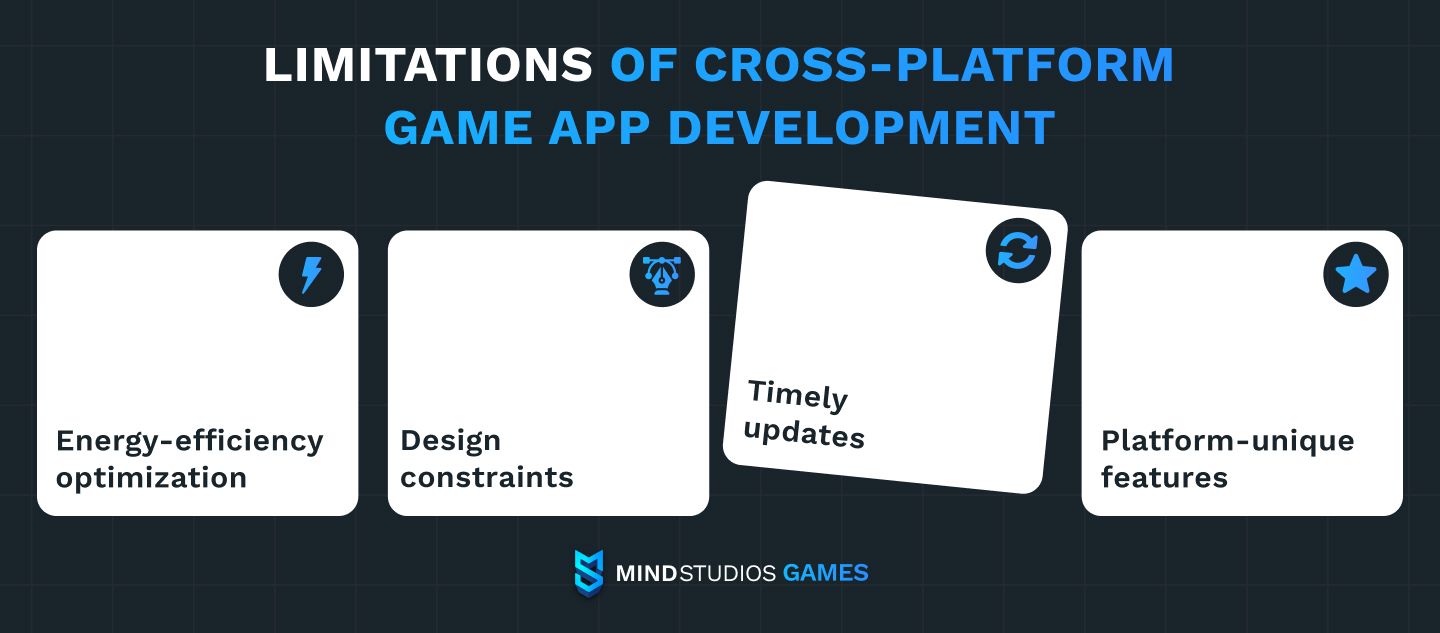
It would be too good to be true if there weren’t any limits to cross-platform game development. While it is awesome for reaching lots of players without overspending, it does come with a few obstacles that developers need to employ creativity to overcome. Here are some things you’ll need to take into account and safeguard against:
- Energy-efficiency optimization. iOS devices tend to have better battery lives, which makes them last longer when users play games that drain energy. For players to enjoy your game as much and as long per session on an Android device, you’ll have to make adjustments.
- Design constraints. We’ve mentioned this before, but iOS and Android have different design requirements. While it’s not a very hard challenge to tackle, it still exists — to cater to both platforms, you might need to put more time in UI/UX design of your game.
- Timely updates. A new iOS comes out every year in summer, and Google issues the new Android version mostly on a yearly basis as well. You’ll have your work cut out for you when you need to make game updates that satisfy both platforms’ new features and requirements.
- Platform-unique features. Some special features or tools might only work on either iOS or Android. In games, such features usually include special kinds of animated effects or fancy graphics, but they sometimes might also affect controls.
Tools and technologies for cross-platform game development
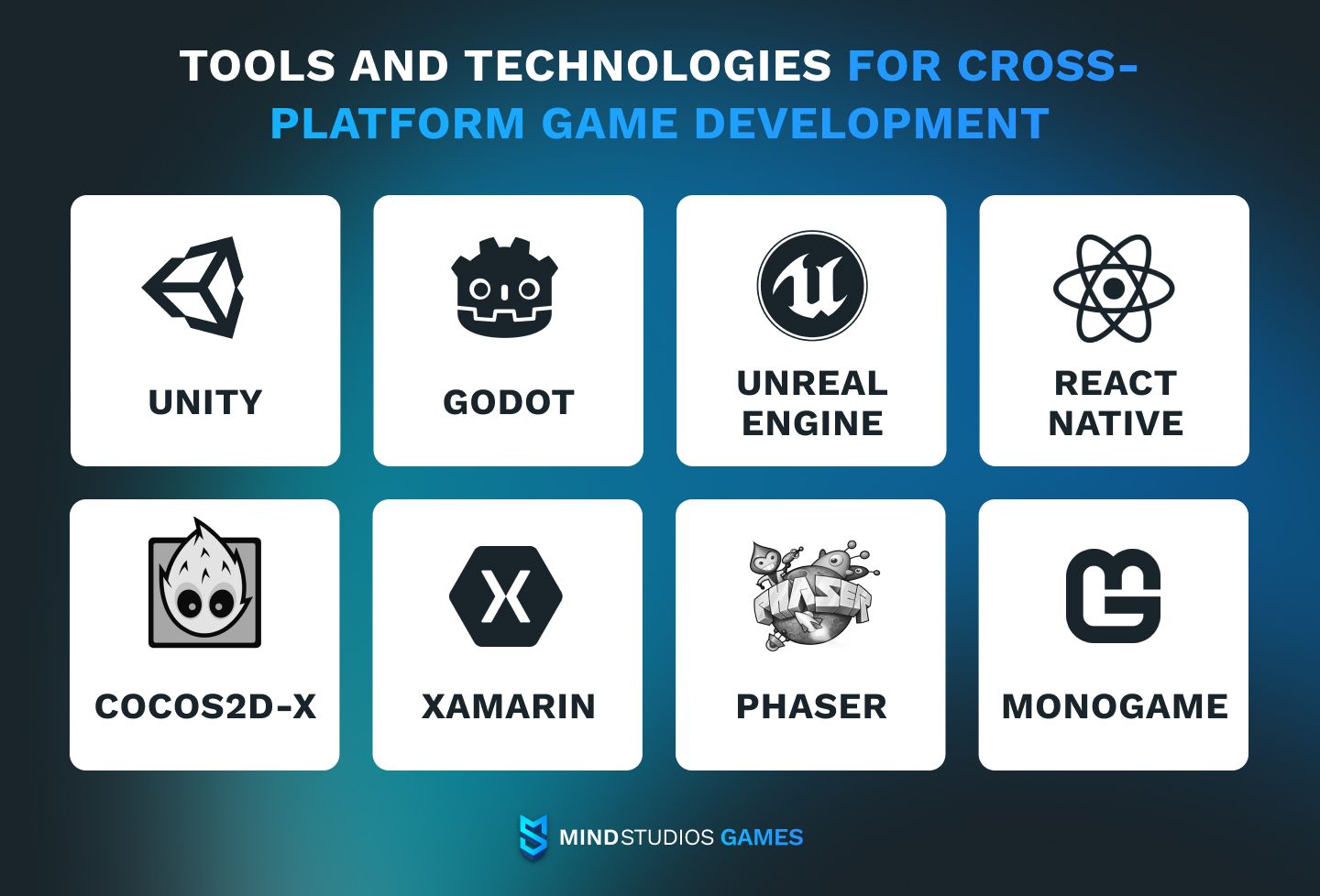
Multiple game engines and frameworks exist for cross-platform game development. Each of them has its own strengths and weaknesses, so choosing the right one depends on the complexity of your game, the platforms you want to target, and your familiarity with the programming languages they use.
Unity
Unity is one of the most popular game engines for both 2D (isometric games like Brawl Stars) and 3D games — and the most popular option for mobile games in particular. It offers a visual editor, a huge selection of assets, physics simulation, and more. The scripting is done with C# or JavaScript.
One of the best advantages of Unity is its large community, a vast asset store, and great documentation. And if your yearly revenue is below US$100,000 you can use Unity for free.
You can build games with Unity for iOS, Android, Windows, macOS, Linux, consoles , and web browsers. It's a go-to choice when you think about creating a cross-platform game due to its wide reach.
At Mind Studios, it’s our choice of game engine as well.
Unreal Engine
Unreal Engine is known for its stunning high-quality graphics, realism, and advanced visual scripting thanks to its robust physics engine. It's well-suited for high-end 3D games with complex mechanics. Hence, while it supports iOS and Android, it’s not as popular a choice for mobile games as for PC, consoles, or VR platforms.
Godot
For a cross-platform game engine, development with Godot is quite easy to master as it’s an open-source engine with a strong community. It’s also suitable for both 2D and 3D games.
Godot’s biggest advantage is its unique scene system and visual scripting alongside GDScript (similar to Python). You can export Godot-based games to iOS, Android, Windows, macOS, Linux, and more.
Cocos2d-x
Cocos2d-x is a framework for 2D games, and it’s most often used to build casual mobile titles. It has a simple interface, is efficient, and supports multiple scripting languages. Compatibility includes iOS, Android, Windows, and other platforms.
React Native
React Native is a JavaScript framework primarily used for non-gaming cross-platform mobile app development, but it's also possible to create simple 2D games with it.
Xamarin
Xamarin uses C# and .NET to develop cross-platform apps, including games, for iOS, Android, Windows, macOS, and more. It's suitable for games that require platform-specific features.
Phaser
Phaser is a web-based 2D game framework. It’s relatively easy to learn, supports HTML5, and is a good starting point for beginner game developers. However, its primary use is to build browser-based 2D games, not installable gaming applications.
MonoGame
MonoGame is another free open source framework designed for 2D games. It uses C# and requires coding knowledge to use. Possible supported platforms here include iOS, Android, Windows, macOS, Linux, and more.
Best practices for effective cross-platform game development
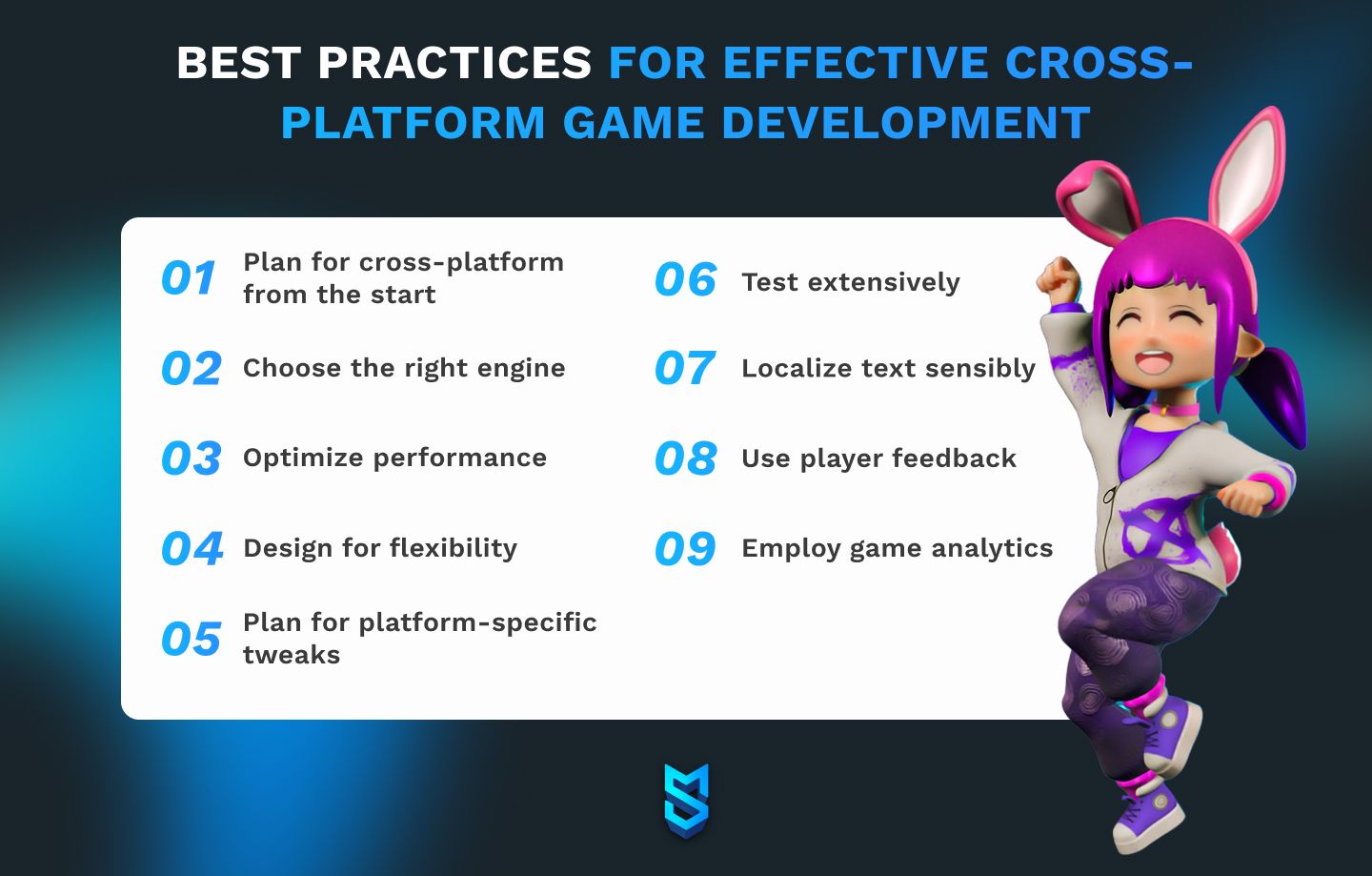
When it comes to mobile game development, cross-platform is a great approach, but you need to do it right if you aim for success. We can offer advice to both beginner and experienced developers as well as for those who plan to build a game by hiring a cross-platform video game development team.
- Plan for cross-platform from the start. When you just conceive your game idea, think hard about whether you want it to be two native apps or a cross-platform one. This will provide you with a vector for all your future actions on this road.
- Choose the right engine. Based on your game requirements and your budget, select a game engine. It needs to support your target platforms and provide the necessary tools. When talking mobile games, Unity is one of the best options, but Unreal Engine and others offer robust cross-platform capabilities as well.
- Optimize performance. Keep performance in mind as you develop. Test your game on various devices and optimize graphics, code, and resources for each platform. Stay updated with platform changes and updates to the game engine. This prevents compatibility issues and ensures your game remains functional.
- Design for flexibility. Adaptable UI and controls are a must in cross-platform game app development since you need your game to work well on different screen sizes and resolutions. Strive for a consistent UX across platforms for the game to feel familiar regardless of the device players use.
- Plan for platform-specific tweaks. While sharing code is great, be prepared to make platform-specific adjustments or sacrifice some things when necessary. Certain features will work differently on iOS and Android. Be prepared for the possibility of needing platform-specific adaptations or ports.
- Test extensively. Test your game rigorously on various devices, simulators, and real hardware. This helps uncover platform-specific bugs and ensures a consistent experience.
- Localize text sensibly. If you’re releasing globally (or dream about doing it later), plan for text expansion and localization beforehand, as different languages might require more space. Ensure text fits well across devices.
- Use player feedback. Listen to user feedback across platforms. Address issues promptly to improve the experience for all players.
- Employ game analytics. At every stage of development, at launch, and during post-launch updates, there are metrics to monitor and analyze if you want your game to be successful. Make the most of the data to improve your game and conquer even more players.
Our experience with cross-platform mobile game development
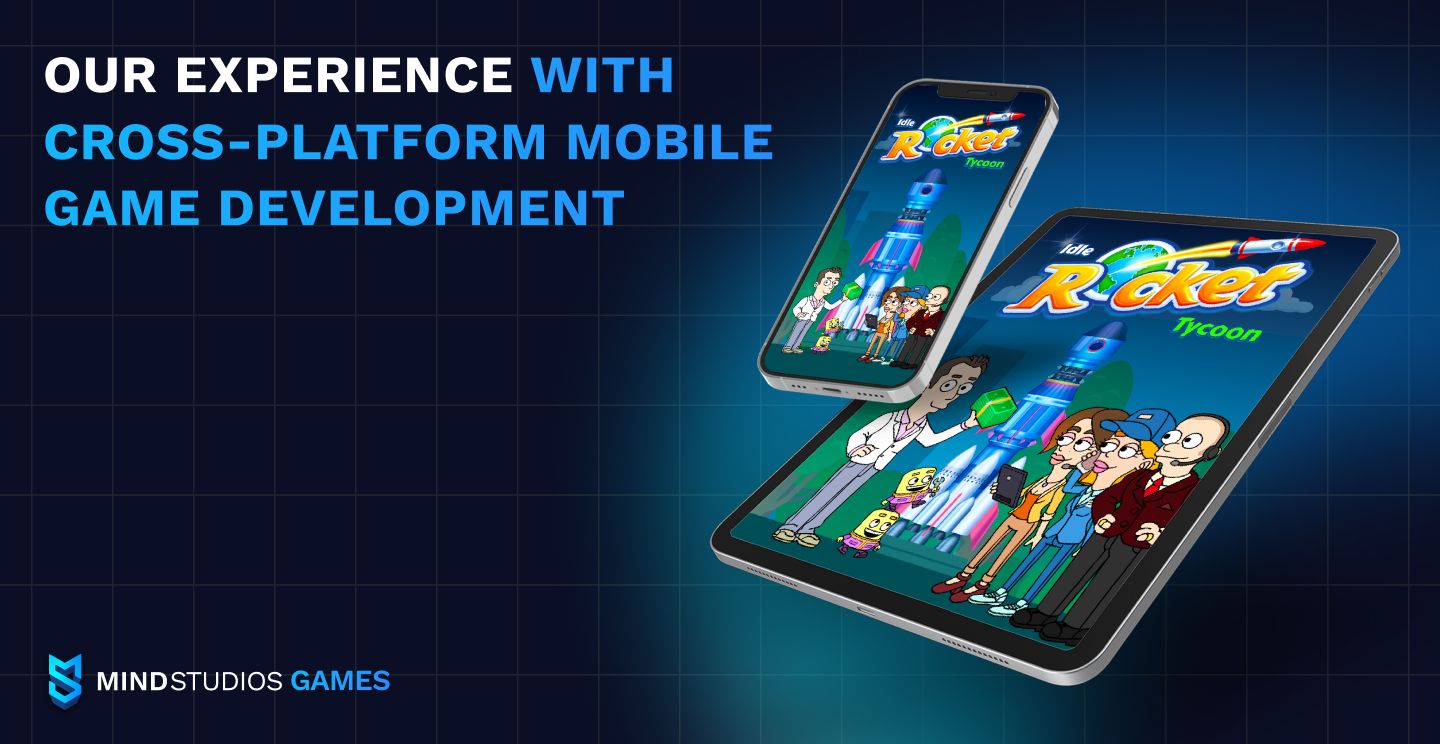
The Mind Studios Games team uses Unity, meaning cross-platform is our default. Among our released titles, you’ll find games of different genres, settings, mechanics, and complexity.
We’ve built:
- Idle tycoon games
- Hyper-casual games
- Real-time multiplayer games
- Card games
- 2D and 3D games
- Games with features that involve device hardware
All of them were cross-platform games, you can check them on our page. In the years we’ve accumulated in the game development industry, we’ve handled a variety of challenges and came to understand mobile game development cross-platform inside-out. If you’re looking for a partner to embark on the game development journey with, don’t hesitate to contact us.
Conclusion
Love it or hate it, cross-platform is here to stay, at least in the game development industry. Thanks to the variety of perks offered by modern game engines, cross-platform game development has become the go-to solution instead of a compromise between price and quality: cross-platform mobile games don’t lack in any way compared to native mobile titles.
Therefore, it stands to reason to suggest that more and more game developers will try their hand in this niche. And more businesses will be choosing cross-platform when building their games in the future.
We hope this article shined some light on the questions that brought you here, and that we answered at least some of them. We will continue to share more knowledge and expertise in the game development field, so stay tuned 🙂
And if you’re looking for a team to help you bring your mobile game idea to life — we’re here for that as well.

